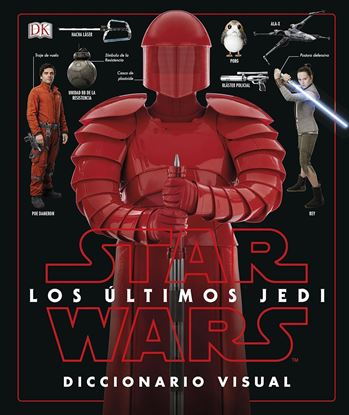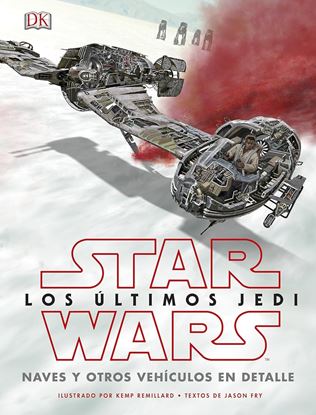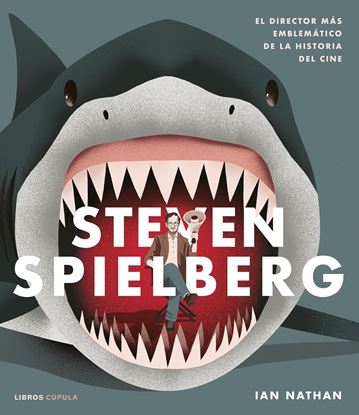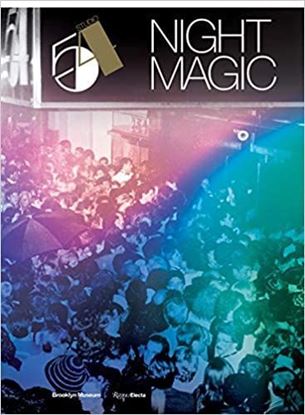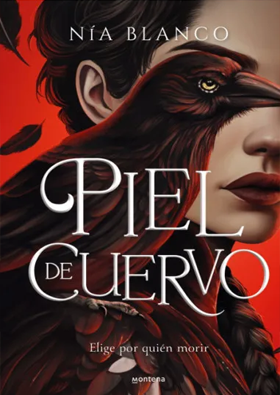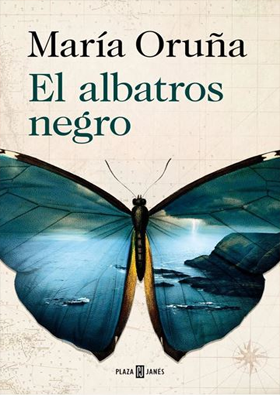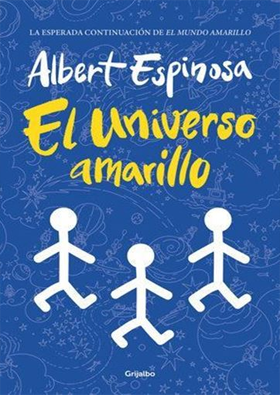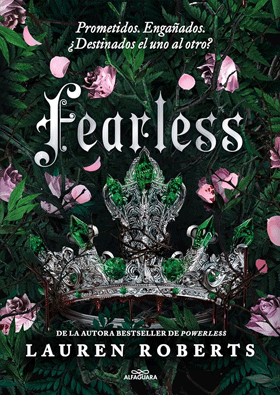

STAR WARS. ULTIMO JEDI DICCIONARIO VISUA
El Diccionario Visual de Star Wars. Los últimos Jedi presenta a todos los personajes, criaturas, droides, localizaciones y tecnología de la película.
Con más de un centenar de imágenes e información de la mano de Pablo Hidalgo, creador de contenidos de Star WarsTM, es un libro imprescindible para todos aquellos fans que quieren ir más allá de la experiencia cinematográfica.
1,350
STAR WARS. ULTIMOS JEDI NAVES Y OTROS
Este fantástico libro muestra por dentro trece vehículos de la película Star Wars. Los últimos Jedi.
Cada vehículo se ilustra a todo color y va acompañado de leyendas que describen todos sus rasgos relevantes.
Estas ilustraciones, junto con un exhaustivo texto, hacen de este volumen una de las mejores guías para la nueva incursión en la galaxia Star Wars.
1,350
STEVEN SPIELBERG
Las películas de Spielberg son célebres y han cautivado a millones de espectadores por la forma en que combinan el aspecto comercial con la profundidad creativa del director. A menudo sus filmes ocultan un cierto trasfondo oscuro que se complementa con su maestría para entrelazar historias extraordinarias con los aspectos más mundanos de la vida. Y es
que hasta Indiana Jones tiene un lado vulnerable y humano.
2,200
STUDIO 54. NIGHT MAGIC (B) (OF3)
There has never been--and will never be--another nightclub to rival the sheer glamour, energy, and wild creativity that was Studio 54. This catalog accompanies an exhibition at the Brooklyn Museum exploring how Studio 54 was a unique zeitgeist of an era.
From the moment it opened in 1977, Studio 54 celebrated spectacle and promised a never-ending parade of anything goes. Although it existed for only three years, it served as a catalyst that brought together some of the most famous, creative, and strangest people in the world. It quickly became known for its all-ages celebrity guest list and its uniquely chic clientele of superstars and freaks of all races and sexual preferences who would often show up half-dressed or in costume. From the cutting-edge lighting displays and sound system to its elaborate sets that would change on a whim, altering the environment and ambiance, it was the beginning of nightclub as performance art.
Now, the Brooklyn Museum is staging the first exhibition featuring the nightclub as a bellwether of New York City cultural life. More than 650 objects--spanning fashion, photography, drawings, film, and music--as well as video, film, and soundtrack, create an immersive experience, with an exhibition design inspired by the club's original lighting and atmosphere. Highlights include never-before-published costume sketches by artist Antonio Lopez and newly discovered set designs, as well as ephemera salvaged by the original club staff and interviews with the cultural luminaries who were there.
Telling the story of this legendary club, as well as serving as a companion to the exhibition, Studio 54: Night Magic serves as a document of the era, depicting the wild energy and provocative creativity of this seminal cultural moment.
995
TAYLOR SWIFT. LA HISTORIA DETRAS DE SUS.
Un recorrido fidedigno por la carrera de la cantante más influyente de toda una generación.
Un análisis de 248 temas y (pronto) veinte años de éxitos, como ningún otro libro lo ha hecho antes, en un repaso de la trayectoria de una joven apasionada por el country, ridiculizada en sus inicios por sus elecciones artísticas y que ha sabido transformar cada dificultad en un triunfo.
Desde sus modestos comienzos en Nashville, donde firmó su primer contrato a los quince años, hasta sus 11 Grammy Awards, pasando por las tormentas mediáticas a las que ha tenido que enfrentarse, Taylor Swift ha sabido imponer su voz y su estilo.
3,600

